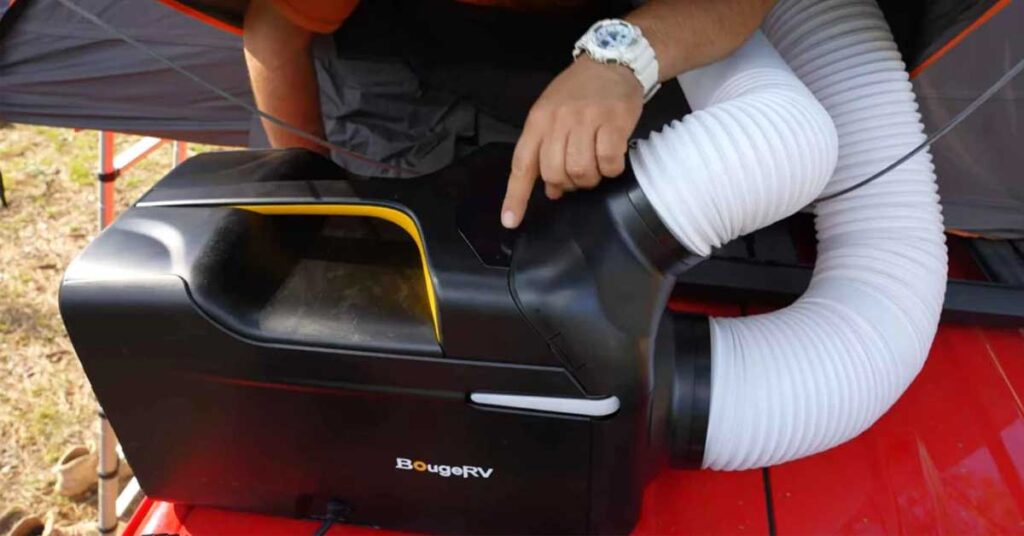Taxi and limousine services play a pivotal role in the transportation industry of the United States. With the advent of technology and changing consumer preferences, the sector has undergone significant transformations. This article delves into the dynamics of the taxi and limousine service industry in the US, providing an in-depth analysis of its current state, challenges, and future prospects.
Taxi and Limousine services in the US – Brief Overview
The taxi and limousine service industry in the US is diverse, encompassing traditional yellow cabs, ride-hailing services like Uber and Lyft, as well as luxury limousine services. According to the US Bureau of Labor Statistics, as of 2021, there were approximately 191,000 taxi and limousine drivers and chauffeurs employed across the country.
According to the IBISWorld report, the industry generated approximately $11 billion in revenue in 2021. This revenue includes fares paid by passengers as well as any additional services offered by these transportation companies.
Ride-hailing services have significantly disrupted the traditional taxi industry. Uber, founded in 2009, and Lyft, established in 2012, have rapidly gained market share. According to Statista, as of 2021, Uber’s market share in the US stood at 70.3%, while Lyft held 28.7%. This shift in consumer behavior is attributed to the convenience, ease of payment, and availability offered by these platforms.
Challenges faced by the Industry
Despite its significant contributions, the taxi and limousine service industry in the US is at a crossroads, facing challenges from both traditional and emerging technologies.
1. Competition and Regulatory
Both traditional and ride-hailing players face various challenges time and again including regulatory issues, competition from ride-hailing platforms, and the need for technological integration. Traditional taxi companies often struggle to compete with the aggressive pricing and convenience offered by ride-hailing services.
2. Environmental Concerns
Environmental concerns are another challenge faced by the industry. The carbon footprint of transportation services, including taxis and limousines, contributes to air pollution and climate change. Efforts are being made to introduce electric and hybrid vehicles to mitigate these environmental impacts.
How to start Taxi and Limousine services in the US?
Starting a taxi and limousine service business in the United States can be a lucrative venture, but it requires careful planning, adherence to regulations, and excellent customer service. Here’s a step-by-step guide to help you launch your own taxi and limousine service business:
1. Research and Business Plan
- Conduct market research to understand the demand in your target area.
- Develop a detailed business plan outlining your services, target market, pricing strategy, and marketing approach.
2. Legal Structure and Business Registration
- Choose a legal structure for your business, such as sole proprietorship, partnership, corporation, or LLC.
- Register your business with the appropriate state and local authorities.
3. Obtain Necessary Licenses and Permits
- Apply for a business license from your local city or county government.
- Obtain a taxi or limousine license from the local transportation or licensing authority. Requirements vary by state and municipality, so check with local authorities for specific regulations.
- Acquire a Commercial Driver’s License (CDL) if you plan to drive the vehicles yourself or employ drivers.
4. Insurance
- Purchase commercial auto insurance that covers your vehicles, passengers, and drivers.
- Consider liability insurance to protect your business from potential legal claims.
5. Vehicle Acquisition
- Purchase or lease vehicles suitable for taxi or limousine services. Ensure they meet safety and inspection standards set by local authorities.
- Consider eco-friendly options to align with environmental regulations and customer preferences.
6. Hiring Drivers
- Screen and hire experienced, professional drivers with clean driving records.
- Conduct background checks and drug tests to ensure passenger safety.
- Provide training on customer service, local routes, and vehicle maintenance.
7. Marketing and Branding
- Develop a professional website and mobile app (if applicable) for online bookings and inquiries.
- Utilize social media platforms and local advertising to promote your services.
- Create a recognizable brand identity through logos, slogans, and consistent marketing materials.
8. Quality Customer Service
- Provide excellent customer service to build a loyal customer base.
- Maintain a high standard of cleanliness and comfort within your vehicles.
- Offer competitive pricing and discounts for regular customers or group bookings.
9. Compliance and Regulations
- Stay updated with local, state, and federal regulations related to the taxi and limousine industry.
- Ensure compliance with accessibility requirements for passengers with disabilities, if applicable in your area.
10. Safety Measures
- Implement safety protocols, including vehicle maintenance schedules and regular inspections.
- Provide passengers with emergency contact information and clear instructions on how to report issues during their ride.
11. Financial Management
- Keep accurate financial records, including income, expenses, and taxes.
- Monitor your finances closely and create a budget for business operations, marketing, and vehicle maintenance.
Over to you
The taxi and limousine service business in the US continues to thrive, fueled by consistent demand, evolving consumer preferences, and the industry’s ability to adapt to technological advancements. With a stable market, opportunities for expansion into niche segments, and the potential for innovation, starting a taxi and limousine service business represents a viable and promising option for aspiring entrepreneurs.
ⓘ LAFFAZ is not responsible for the content of external sites. Users are required to read and abide by our Terms & Conditions.








